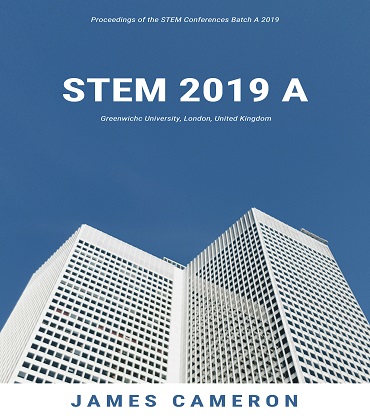- Publication Meta:Value
- Short Title:STEM A 2019
- Publisher:ASDF, India
- ISBN 13:978-93-88122-04-7
- ISBN 10:93-88122-04-6
- Language:English
- Type:Hard Bound - Printed Book
- Copyrights:STEM A Organizers/ DCRC, London, UK
- Editor-in-Chief:Dr James Cameron
- Conference Dates:03 - 04, January 2019
- Venue Country:London, United Kingdom
- Submitted Papers:355
- Acceptance Rate:8.25%
- Website:www.stemconferences.com
Welcome to ASDF Electronic Digital Library!
StemConferences 2019
StemConferences 2019
International Conference on Architecture and Civil Engineering 2019
Paper 005
A Study on the Ecological Characteristics in Korean Traditional House
Kim Hyo Won1, Jae Eun Yoon2
Abstract
Since industrialization, modern architectures seem to be superior to nature, but as a result of the interaction, various environmental pollution such as dust, waste, etc. has resulted in various damage such as ecosystem destruction, abnormal weather and fine dust. Beginning in the 1990s, diverse methods and continuous interest have been presented in the reflection of Western civilization and green architectural methods. Therefore, the purpose of the research is to provide an opportunity for us to think back about our future direction through the architecture of a fleet neglected by reckless development. Therefore, in this study, the ecological characteristics of traditional Korean houses are analyzed by deriving theoretical considerations and spatial characteristics of traditional houses through cases of straw and roof tiles that best depict the characteristics of traditional Korean housing. The ecological characteristics of Korean traditional houses derived from the conclusion are shown in environmental, structural, and technological aspects. First, Hanok is an energy-saving house suitable for the climate and natural environment. Second, energy dimension and living space were secured by minimizing external influences through deployment. Third, in terms of technology, the roof was secured with dirt and tiles, and a large load was used to push the column to design the seismicity. Through this, we hope that the consideration of traditional technologies will be the right stepping stone for future environmentally friendly future architectural methods.
Keywords
Author's Profile
Author profile can be generated and linked through our partners World Book of Researchers. To include your profile online Click Here. After it is approved, please email to edlib @ asdf.res.in to create a link with all the papers.
e-AID
StemConferences.2019.005
Cite this Article as Follows
Kim Hyo Won, Jae Eun Yoon. A Study on the Ecological Characteristics in Korean Traditional House. International Conference on Architecture and Civil Engineering (2019): 03. Print.
© 2010 - by EDLIB .
All Rights Reserved.

